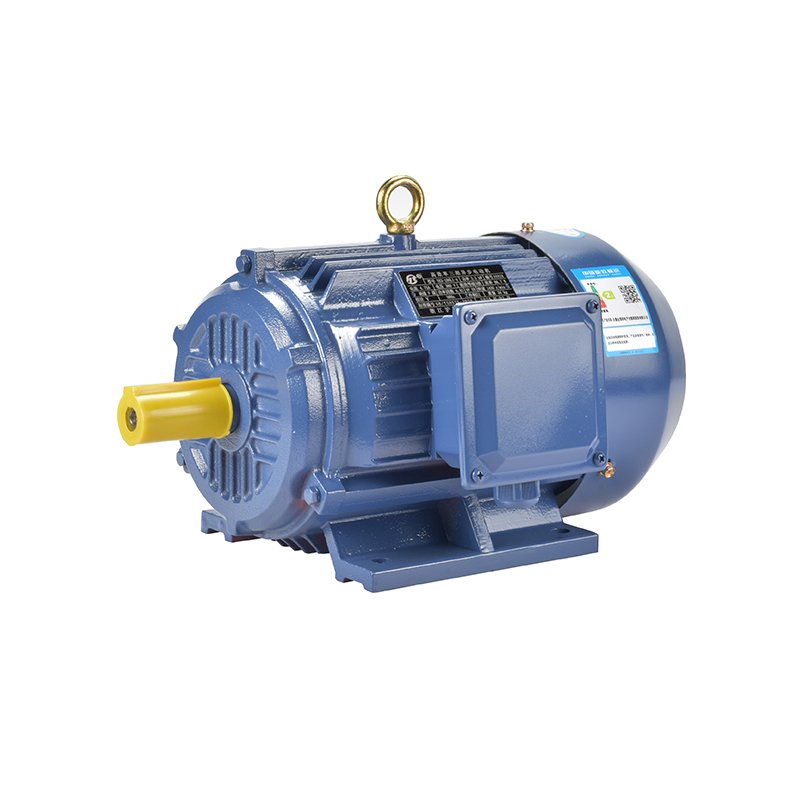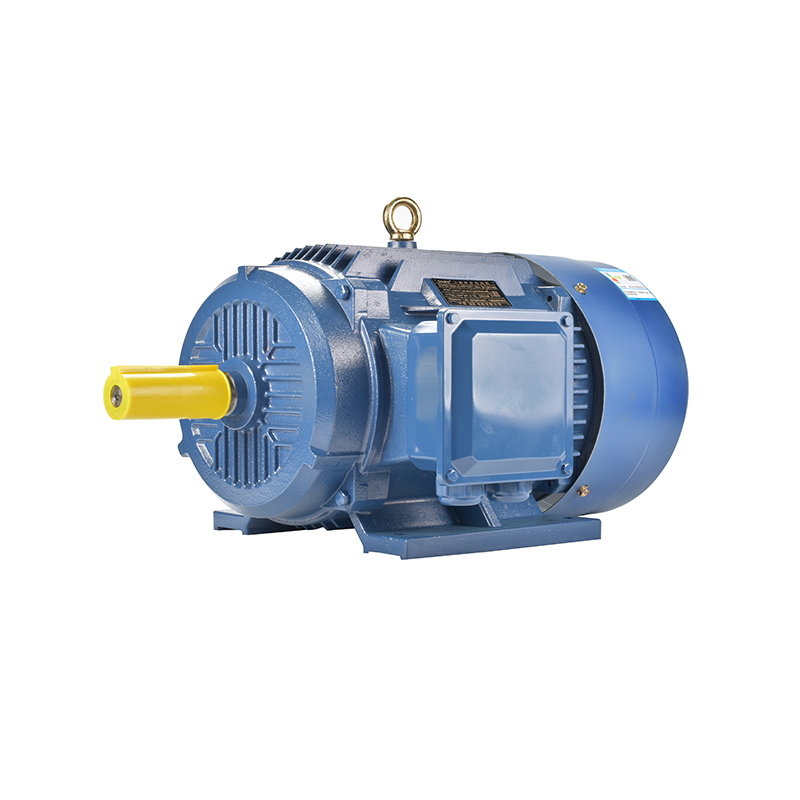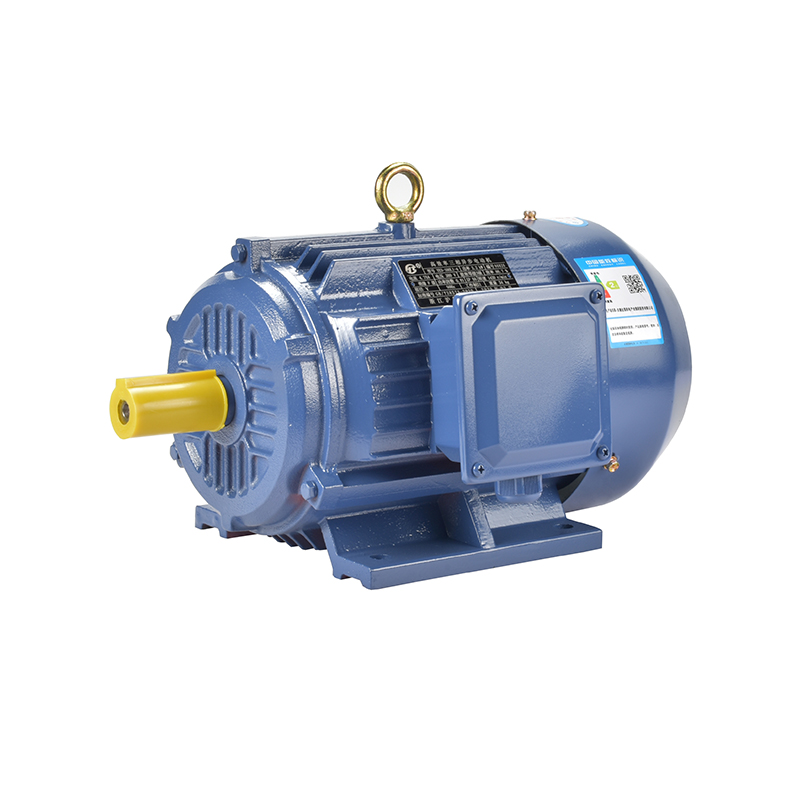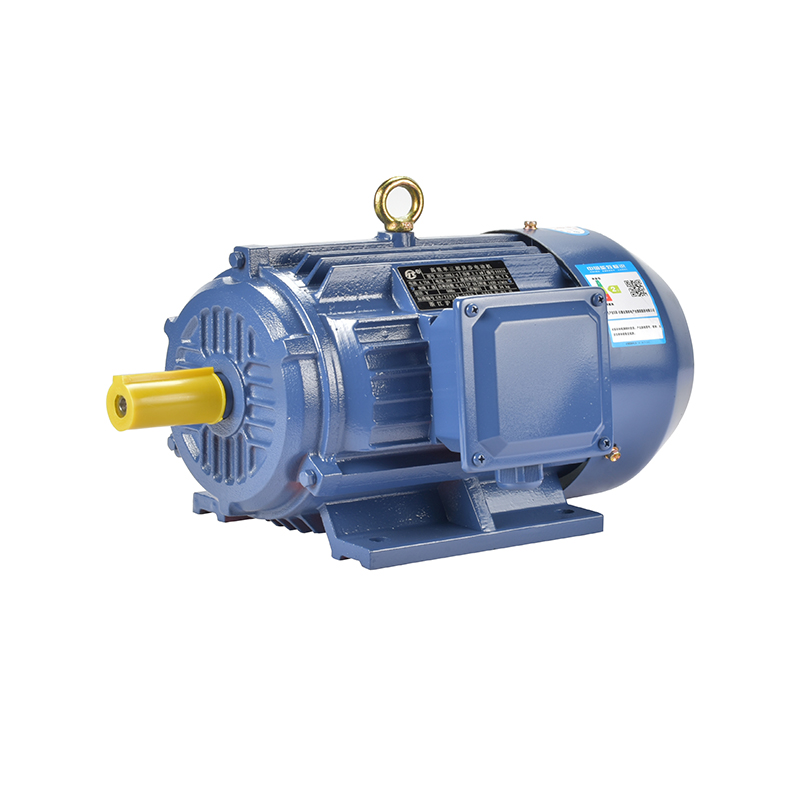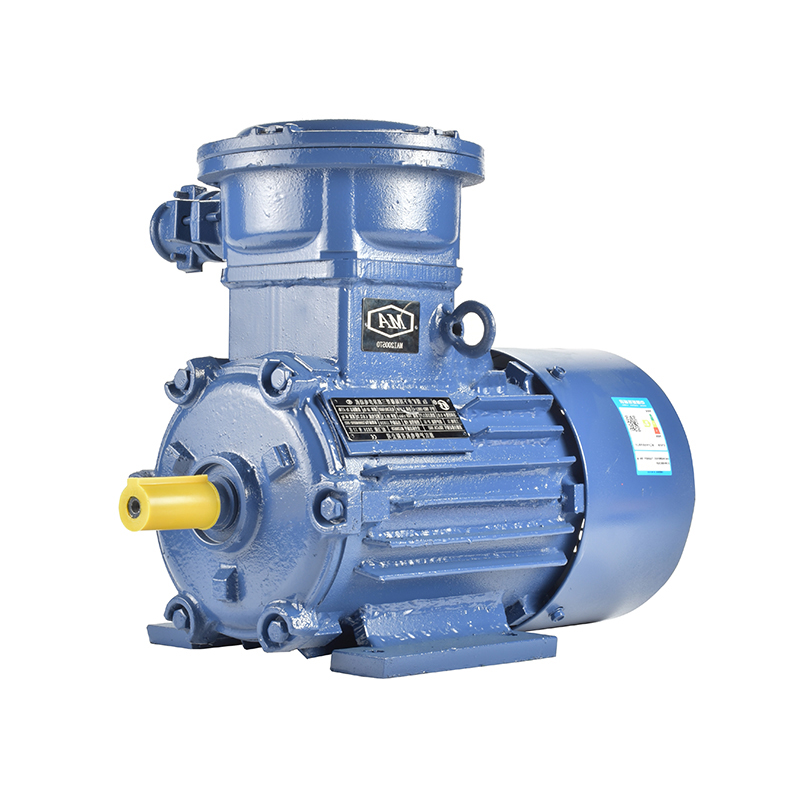The Rise Of Multi-Speed Motor Technologies In Industrial Use
In recent years, multi-speed motor technologies have gradually gained attention in various industrial applications. As industries seek flexible, energy-conscious, and cost-effective solutions, motors capable of operating at different speeds have become increasingly valuable. This shift is evident in a variety of motor types, including high speed single phase motors, three phase servo motors, and motors equipped with ac electromagnetic brakes, which collectively support a broad spectrum of industrial needs.

Multi-speed motors offer a significant advantage over fixed-speed motors by allowing adjustments to the speed based on specific operational requirements. This adaptability can advance to improved efficiency and longer equipment life. In industries where production processes demand variable speeds, from slow startup phases to rapid full-speed operation, multi-speed motor technologies help match motor performance to task demands more precisely.
A notable example is the high speed single phase motor, which is often used in applications requiring compact size but with variable operational speeds. Traditionally, single phase motors have been designed with fixed speeds, limiting their versatility. However, the development of multi-speed variants has opened new possibilities. These motors are now capable of smoothly transitioning between speeds, allowing for better control in equipment such as pumps, compressors, and small machinery often found in manufacturing or processing plants. Their high-speed capabilities, combined with adjustable speed options, make them useful where space constraints exist but varying speed is essential.
On the other hand, three phase servo motors have been pivotal in advancing multi-speed motor applications in automation and precision control environments. Unlike standard three phase motors that run at constant speeds tied to the power supply frequency, servo motors can vary speed, torque, and position with high precision. This makes them indispensable in robotics, CNC machines, and conveyor systems where tasks require rapid acceleration and deceleration or precise positioning. The multi-speed aspect of servo motors is achieved through sophisticated control systems that adjust the input current and frequency, allowing the motor to meet the complex demands of modern industrial processes.
Another component often integrated with multi-speed motor setups is the ac electromagnetic brake. This brake type is particularly useful for controlling motor motion and providing safety in systems where stopping and holding positions are critical. The ac electromagnetic brake works by using electromagnetic force to apply or release the brake, enabling quick response times in starting and stopping operations. When paired with multi-speed motors, the ac electromagnetic brake ensures controlled deceleration and reliable stopping, which is crucial in applications such as elevators, cranes, and industrial presses. Its ability to engage and disengage smoothly complements the variable speed functionality by enhancing overall operational safety and performance.
The increasing adoption of multi-speed motor technologies aligns with growing industrial demands for flexible manufacturing and energy conservation. Instead of running at full power continuously, machines equipped with these motors can adjust their speed to match real-time requirements, reducing energy consumption and wear on mechanical parts. This is particularly important in sectors where production schedules vary or where machinery must respond dynamically to changing conditions.
Furthermore, advances in motor control electronics have made multi-speed operations more accessible and cost-effective. Variable frequency drives (VFDs), programmable logic controllers (PLCs), and advanced sensors now enable real-time monitoring and adjustment of motor speeds. These technologies allow operators to optimize motor performance, extend equipment life, and improve overall process reliability. The integration of VFDs with motors like the high speed single phase motor or three phase servo motor illustrates how traditional motors are evolving to meet the demands of modern industrial environments.
Industries such as packaging, textile manufacturing, and material handling have benefited from these developments. For example, in packaging lines, motors must adjust speeds frequently to handle different product sizes and types without compromising throughput. Multi-speed motors, controlled via intelligent systems, facilitate this flexibility efficiently. Similarly, textile machines rely on variable speeds to maintain fabric quality and machine uptime, making multi-speed motor solutions valuable in that context.
In addition, maintenance considerations also influence the rise of multi-speed motors. By operating at lower speeds during certain phases, machines experience less mechanical stress and heat generation, reducing the frequency of maintenance and downtime. This contributes to cost savings over the lifecycle of the equipment. The presence of ac electromagnetic brakes in these systems adds a layer of reliability, preventing unwanted motion and protecting both operators and machinery.
While multi-speed motor technology is not a new concept, its broader application across different motor types and industries reflects ongoing improvements in motor design and control technology. As more industries embrace automation and smart manufacturing practices, the ability to vary motor speeds seamlessly becomes increasingly important. The combination of high speed single phase motors, three phase servo motors, and ac electromagnetic brakes exemplifies the diversity of solutions available to meet these demands.
In conclusion, the rise of multi-speed motor technologies represents a practical response to evolving industrial needs. These motors provide flexible speed control, energy savings, and improved safety across a wide range of applications. With continued advancements in motor components and control systems, multi-speed motors are likely to play an even more integral role in industrial equipment and automation in the future.
-
Feedback



 English
English русский
русский Español
Español عربى
عربى

